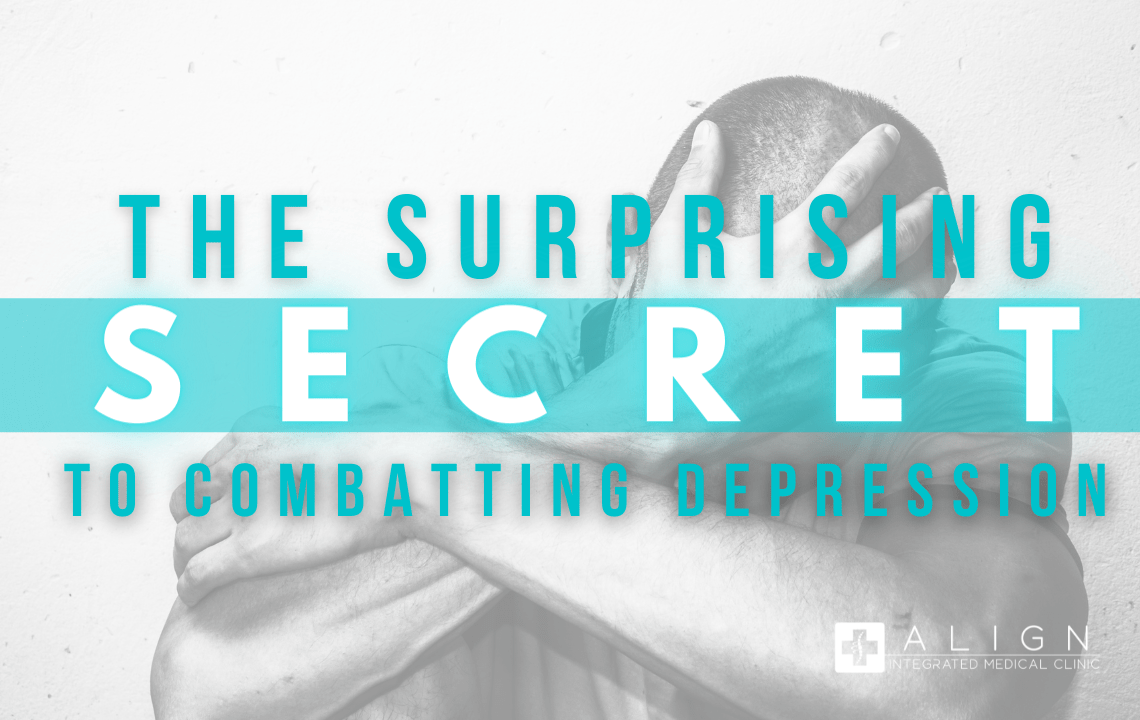
The Surprising Secret to Combatting Depression
Depression is a condition that affects more than 17 million Americans over the age of 18 each year. Depression is known to cause sadness, mood swings, and agitation along with fatigue and the inability to concentrate.
If left untreated, those with depression are at an increased risk of suicidal thoughts, poor cardiovascular health, unhealthy sleep patterns and other chronic health problems.
There are many different treatment options for depression. The condition is commonly treated using a combination of prescription medications, along with psychotherapy and support groups.
A relatively little known but effective option for treating depression is cold therapy.
Here’s what you need to know about this non-invasive treatment:
What is cold therapy?
Cold therapy is often associated with athletes. While it’s true that ice baths and other forms of intentional exposure to the cold does minimize sore muscles and joints, cold therapy is also quite beneficial for those with depression and anxiety.
Research has found that cold temperatures change how the nervous system communicates with the brain. This makes cold therapy a powerful tool in helping those with depression and other mental health conditions.
For optimal results, it's important to use water that's around 59°F.
(We know that not only sounds really cold, but also not much fun, but hang in there, the benefits are totally worth it!)
How cold therapy works
There’s nothing worse than hopping into a cold shower, especially when you’re expecting warm water! But intentional exposure to cold temperatures helps to elevate mood and treat depression symptoms.
Applying varying water temperatures to the skin changes mood and physiology. Think about when you jump into a cold pool. Once you overcome the initial shock of the cold, the experience is quite invigorating.
This is because the combination of cold and wet causes surface vessels to tighten up, which makes blood flow from the surface to the core. When this happens, the body conserves heat and sends fresh blood to the brain and vital organs.
Ice baths and cold showers “shock” the body. This process activates electrical nerve impulses that come from the brain and are sent to the nervous system. Cold therapy has shown to have similar effects as antidepressants without the long list of adverse side effects.
Because cold therapy is minimally invasive and has little to no side effects, it’s becoming increasingly prevalent in treating depression and other mood disorders.
Benefits of cold therapy for depression
While most patients will take medication and attend counseling sessions, these treatment options don’t always provide optimal results. Adding another treatment to a patient’s treatment plan, such as cold therapy, can help patients to feel their best.
Here are some of the top benefits that cold therapy offers to those who suffer from depression and other mood disorders.
Lower stress levels
It’s an understatement to say that life is stressful. When we’re stressed, the body releases higher levels of cortisol, which decreases serotonin and dopamine levels. A high-stress lifestyle increases the risk of all sorts of health conditions including:
When the body is in a constant state of fight-or-flight mode, it has a serious impact on physical and mental health.
Cold therapy may reduce stress levels because of how cold temperatures affect the body. Cold temperatures lower cortisol levels. This means that you’ll feel less stressed, anxious, and on-edge.
Reduces depression symptoms
Depression is much more than feeling sad. The condition can be debilitating, as it impacts decision-making, productivity, and every aspect of life. For decades, antidepressants were the go-to treatment for depression.
However, while prescription medications are quite effective, they don’t work for everyone. These drugs also come with a laundry list of harmful side effects, which many patients want to avoid.
For patients whose depression doesn’t respond to traditional treatment options, cold therapy has shown to improve symptoms of the condition. Cold therapy has also shown to be more effective in helping patients to achieve depression remission.
When combined with therapeutic breathing and/or meditation, cold therapy is even more impactful in treating depression symptoms.
Cold therapy lowers anxiety levels
Cold therapy isn’t anything new. In fact, the treatment has been used for thousands of years. Dating back to the times of ancient Greece, cold water bathing and thermalism were used to help ease muscle fatigue, joint pain, skin issues, and to uplift mood.
Exposure to cold water, either through cold showers or ice baths, may help to lower anxiety and other mood issues.
The best part is that you don’t have to sit in an ice bath or take a cold shower for a long period of time. Cold temperature exposure for just 2-3 minutes a day can impact how the body responds to anxiety triggers.
May reduce symptoms of bipolar disorder
Bipolar disorder is a serious mental health condition, especially in those with a severe form of the condition. Bipolar disorder is known to cause manic depression while also increasing the risk of self-harm.
While there are many prescription treatment options available, they don’t work for everyone. This is why alternative treatment options are so important.
Research has found that cold therapy, breathing exercises, and other non-invasive treatments help treat bipolar. Some patients have even reached remission from the disorder altogether.
How to use cold water therapy at home
Wondering if cold therapy is right for you? This is a treatment that you can try from the comfort of your own home. Here are some suggestions for at-home cold therapy:
After undergoing cold therapy at home, be sure to warm up afterwards. Your body temperature may keep dropping, even after you get out of the cold water. The best ways to warm up include drying off, drinking a warm beverage, eating food, and putting on warm clothes.
Final thoughts
Cold water therapy is a great option for people with depression who are seeking alternative treatment options. This non-invasive treatment has shown to reduce stress and anxiety while minimizing other depression symptoms.
